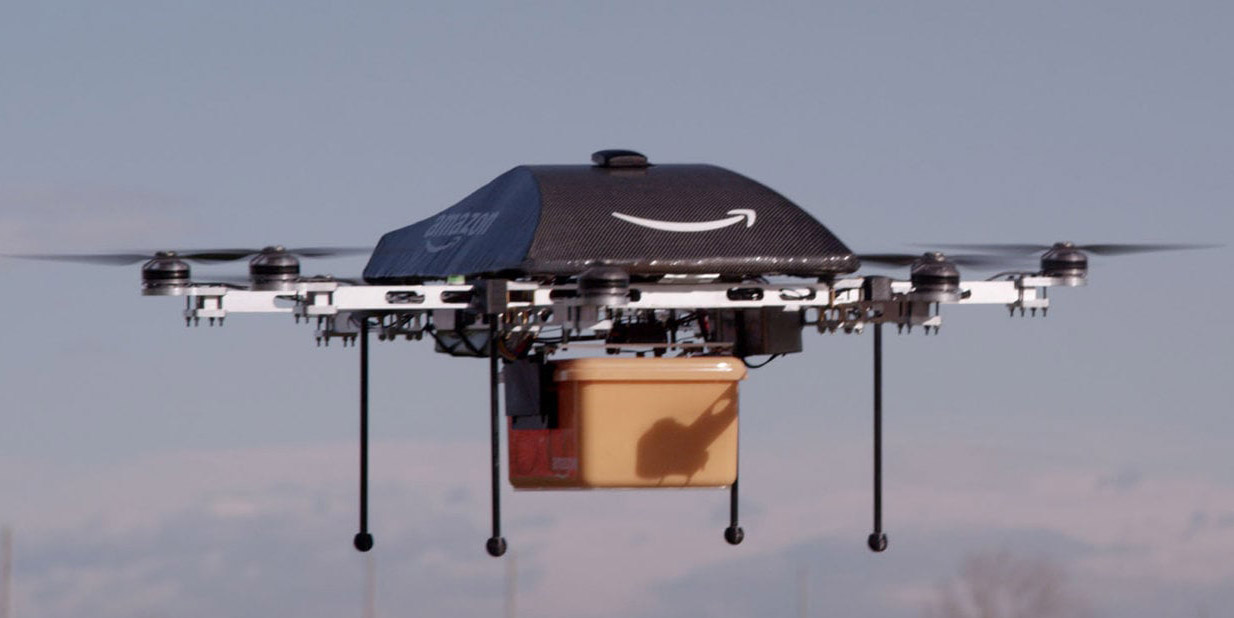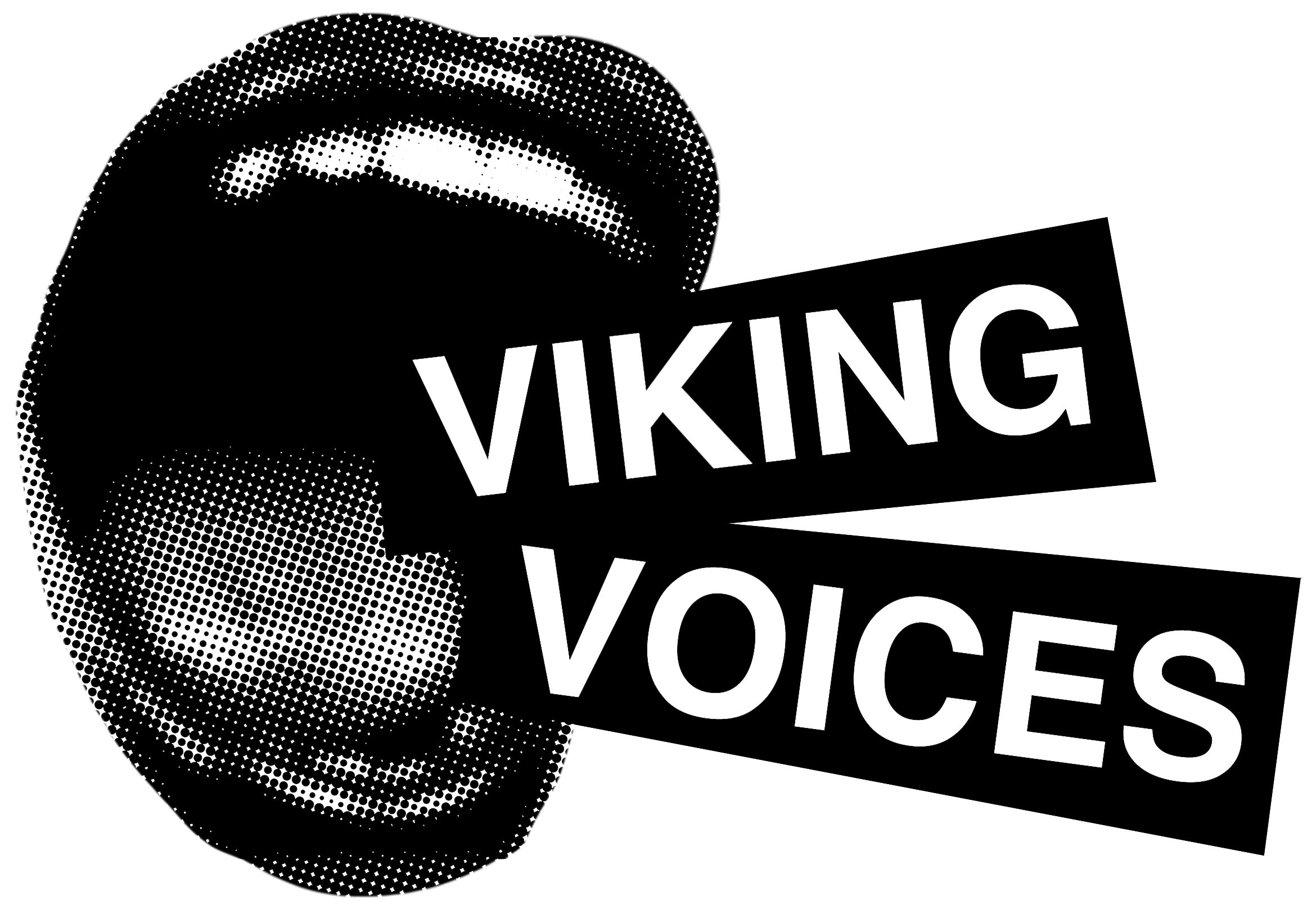Amid the furor over the U.S. presidential election and the general bustle of the holiday season, there was one news item that went largely unnoticed.
Amazon, the online retail giant, has been approved for a patent for floating, airborne warehouses, where drones would be launched to deliver packages to their customers. An article on CNN details how such an operation would work:
“Amazon’s patent contends that such a system would allow for deliveries to be made in minutes. The move could also reduce the resources needed to make a delivery.
The patent describes how Amazon (AMZN, Tech30) blimps would circle over cities at 45,000 feet and launch drones carrying orders. The drones would initially fall to earth relying largely on gravity, and their motors would fire up for the final stretch.
The patent also cites sporting events as a place where the aerial warehouse would be especially useful. The drones could deliver items such as team paraphernalia or food to large crowds in a small area.”
I recall reading this one morning over Christmas break, in my parents’ house, amid a flurry of political posts clogging my news feed on Facebook predicting the apocalypse that would occur when Trump took office that January.
I was drinking coffee in my pajamas as snow cascaded down in billowy white sheets, and promptly did a spit-take at reading the article.
Has it come to this already? Have we finally come to the inevitable war between humanity and the machines?
Perhaps it is too soon to declare the machines our mortal enemies. After all, they continue to do our bidding as we stagger forth into the future, blissfully unaware of which appliances have achieved sentience and which have not.
We are reasonably certain, at least, that they are not plotting against us.
At first glance, the floating warehouses, taking the form of enormous blimps hovering over our cities, seem to invoke fantastical images of a Steampunk future: floating airships, aviation goggles, swashbuckling adventures fighting drones backed by a charmingly Victorian aesthetic.
It seems like a nice, if improbable, future.
And yet if there is anything that our pop culture tradition teaches us, it is to be always wary of machines that seem to know too much for their own good. One only need to watch the Terminator franchise for an example of how things can go awry, and before you know it the machines are self-aware and the nukes are launched, and the survivors must fight a war for the future of the human race.
Even if human society is not overrun by murderous robots bent on our demise, there is still the issue of building a future that makes human agency more and more superfluous.
The Google self-driving car may enable the human race to finally shave while driving to work and eating a sandwich at the same time, previously considered to be the unreachable apex of human achievement. Many fatal car wrecks have occurred in pursuit of this goal: We may finally be in a position to do the impossible.
On the other hand, it would be relatively easy for our robot masters to do away with humans altogether, i.e., making the unilateral decision to drive humanity off a cliff. Such a scenario is not difficult to imagine: in an episode of The Office, Michael Scott acquires a GPS and, by an over-literal interpretation of the instructions, drives into a lake (“The machine knows!” he yells as the car plunges into the depths of the lake. They must then vacate the car and swim to shore).
Also worth mentioning is the fact that there already is a robot consciousness that interacts with humans: Siri, the disembodied voice that communicates to us through the iPhone. Although Siri is intended to be a superior, all-knowing consciousness that can answer questions, find the best sushi restaurant in your immediate area, and impart knowledge on a variety of subjects, she (it?) is better known for misinterpreting instructions and human patterns of speech.
We as a culture are terrified of a superior robot consciousness that enslaves mankind: In none of the science fiction dystopias I have encountered, however, is adequate space given to the perhaps even more terrifying possibility of an incompetent robotic consciousness that enslaves mankind. We humans are fragile creatures; forget to feed us for a couple of weeks, or feed us the wrong thing, or somehow suck the oxygen out of the room, and we die. Should we trust robots to get this right? Would we have a choice?
Meanwhile, the promise of floating warehouses deploying squadrons of drones across the earth remains, for now, a hypothetical future. And yet there is growing evidence that the robots have already begun coming for us. According to an article in the Washington Post, automation presents the greatest threat to job security and career options for the future:
“The ‘automation bomb’ could destroy 45 percent of the work activities currently performed in the United States, representing about $2 trillion in annual wages, according to a study last year by the consulting firm McKinsey & Co. We’ve seen only the beginning of this change, they warned.”
So as the machines come for our jobs, and maybe next the human race itself, it would be worth considering the ultimate effects our machine-focused future will ultimately have.
They will be watching down on us, a squadron of drones inside of a floating base, hovering over our cities, waiting for the time to swoop down to meet the human race, for better or worse, whatever their intentions.






